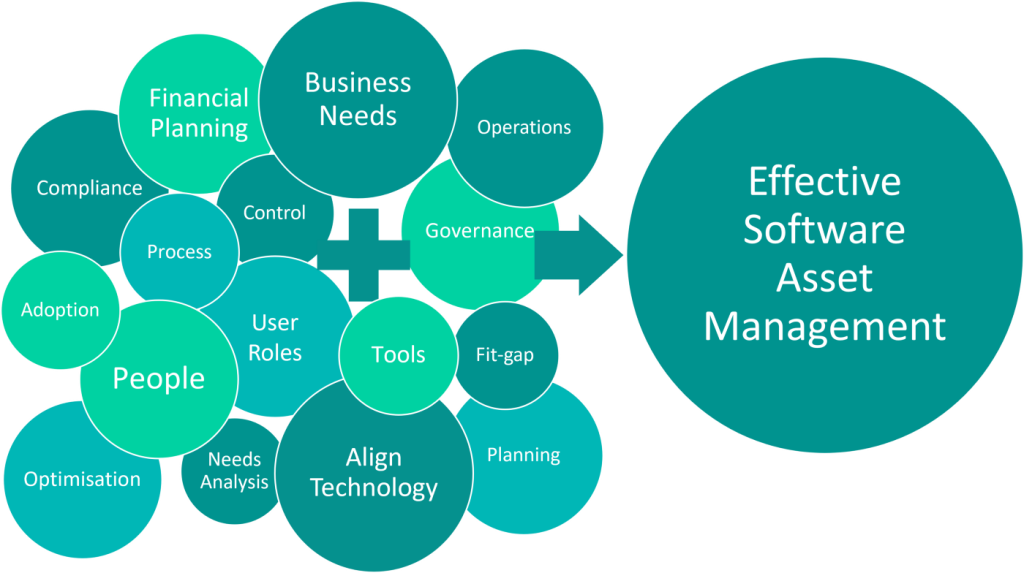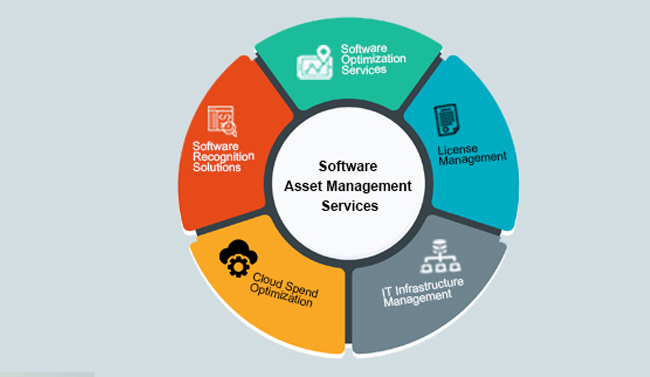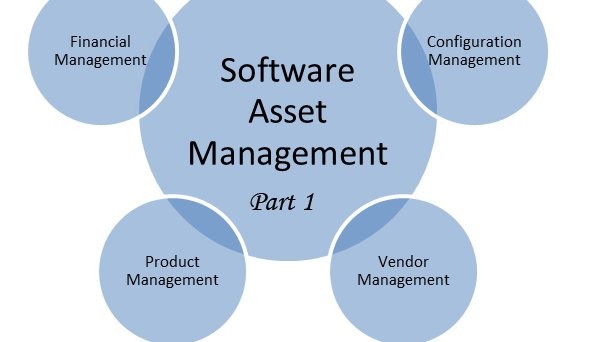In today’s digital age, software is an essential tool for businesses of all sizes. The right software can help companies to run more efficiently and effectively, from productivity apps to accounting software. However, managing software can be challenging, especially as a business grows and adds new tools. That’s where Software Asset Management (SAM) comes in. This article will explore the benefits of SAM and how it can help businesses save time and money.
What is SAM?
Software Asset Management is the process of managing and optimizing the use of software within an organization. It involves tracking software licenses and usage to ensure compliance, managing software installations and upgrades, and identifying opportunities for cost savings and process improvements. Effective SAM requires a combination of technology, processes, and people to ensure that software is used efficiently and effectively.
Benefits of SAM

Cost Savings
One of the primary benefits of Software Asset Management is cost savings. By tracking software usage and identifying opportunities for consolidation, businesses can save money on licensing fees and reduce unnecessary spending on redundant or underutilized software. Additionally, SAM can help enterprises to avoid costly fines and legal fees associated with software license non-compliance.
Improved Productivity
SAM can also help businesses improve productivity by ensuring the right software is available to the right people at the right time. By managing software installations and upgrades, SAM can reduce downtime and ensure that employees have the tools to do their jobs effectively. This can result in faster response times, better customer service, and increased efficiency.
Streamlined Processes

SAM can also help businesses streamline their processes by identifying opportunities for automation and optimization. By tracking software usage and identifying inefficiencies, SAM can help enterprises to improve their workflows and reduce manual tasks, freeing up time and resources for more valuable work.
Enhanced Compliance
Compliance with software licensing agreements can be complex and challenging, but SAM can make it easier. By tracking software usage and licenses, SAM can ensure that businesses comply with their deals, avoiding costly fines and legal fees associated with non-compliance.
Improved Vendor Relationships

SAM can also help improve vendor relationships by clearly understanding software usage and licensing agreements. Having accurate and up-to-date information allows businesses to negotiate better contracts and avoid conflicts with vendors.
Reduced Risk of Audit Failure
Audits of software users can be costly and time-consuming, but effective SAM can help reduce the risk of audit failure. By ensuring compliance with licensing agreements and providing accurate documentation, businesses can avoid the expense and hassle of an audit.
Increased Transparency

SAM provides transparency into software usage and licensing, giving businesses a better understanding of their software assets. This can help companies make informed decisions about software purchasing and usage and avoid the costs of unnecessary or duplicative software costs.
Scalability
SAM can help ensure that software management remains efficient and effective as businesses grow and add new software tools. By providing a scalable framework for software management, SAM can help enterprises to adapt to changing needs and avoid the costs and inefficiencies of manual management.
Wrapping up
In today’s digital age, managing software can be challenging. That’s where SAM comes in. Effective SAM can help enterprises in many ways. By implementing SAM, businesses can optimize their use of software and focus on what they do best.
